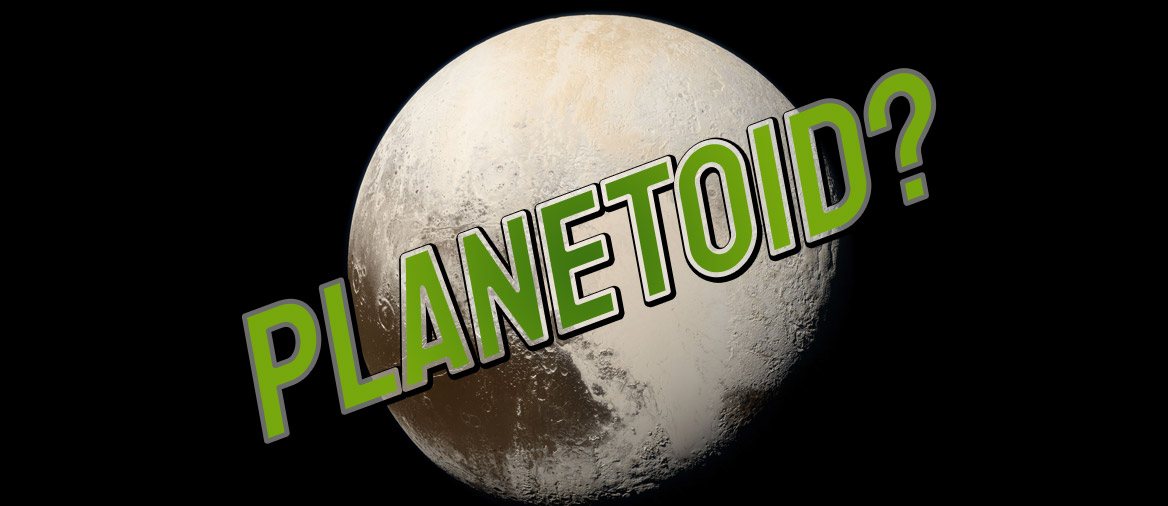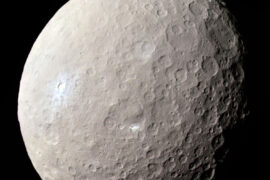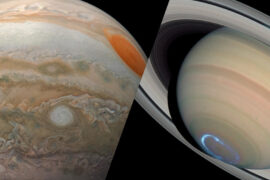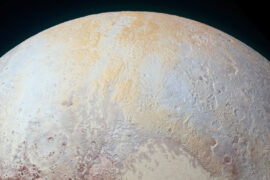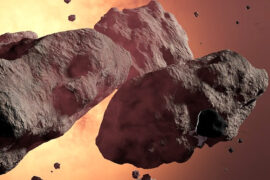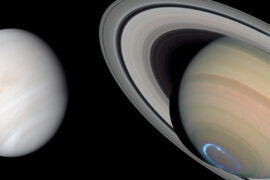In 2006, the International Astronomical Union (IAU) gathered to make one of the most controversial changes to the classification of celestial objects.
Since its discovery in 1930, Pluto had been considered the ninth planet of the Solar system, but as our telescopes and techniques got better and better, astronomers realized that there were many large objects (up to that point called minor planets) with similar characteristics such as Ceres, Sedna, and Eris and several other candidates that had been recently discovered.
The IAU had a choice to make then. They could either classify that growing number of objects as planets – which might have led to having dozens of planets in the future – or they could “demote” Pluto and group it with the others in a new category.
They chose the latter and the new classification of dwarf planets was created. But what does all this have to do with the original question of the post? Is Pluto a planetoid or not?
I’m getting there.
What is a planetoid?
The term planetoid is a synonym to refer to dwarf planets and all those planetary-like objects that are too big to be considered asteroids and too small to be classified as planets.
In the past, it was also been used interchangeably to refer to minor planets although it wasn’t used to include small solar system bodies like comets or centaurs. It was only used for the larger objects that were just below the status of “planet”.
What are the characteristics that distinguish them?
Planetoids have to be large enough to achieve hydrostatic equilibrium which is the term used to describe when an object becomes large enough to be shaped like a sphere by its own gravity.
With that in mind, we can go back to our original question, but if that made you wonder about the difference between a planetoid and a planet, check out this article called Questions about Pluto where it is answered.
Is Pluto a Planetoid?
Yes, Pluto is a planetoid. Pluto is large enough to achieve hydrostatic equilibrium which is the main requirement to be a planetoid. It is even large enough to have five moons.
Most astronomers agree that there are nine objects in the Solar system that can be considered planetoids or dwarf planets. These are Pluto, Eris, Haumea, Makemake, Gonggong, Quaoar, Sedna, Ceres, and Orcus. There are four or five other strong candidates that are still being studied and might join them in the future.
Some of the older astronomers still prefer to use the term “minor planet” to refer to all these objects as it was used for a long time, but generally, in modern times, we refer to them primarily as dwarf planets or planetoids.
Summary
- Pluto is a planetoid
- A planetoid is a synonym for “minor planet” or “dwarf planet”
- There are currently nine planetoids in the Solar system

